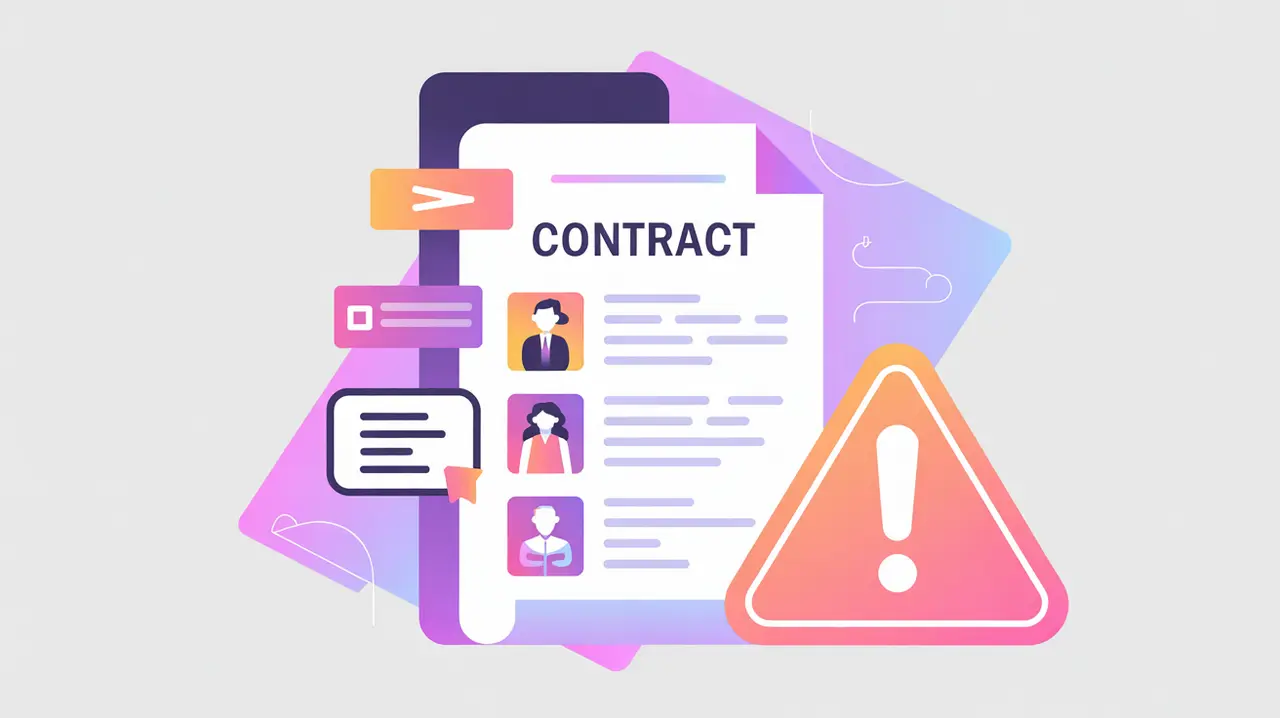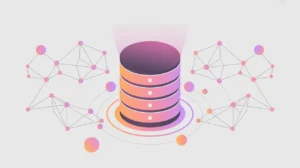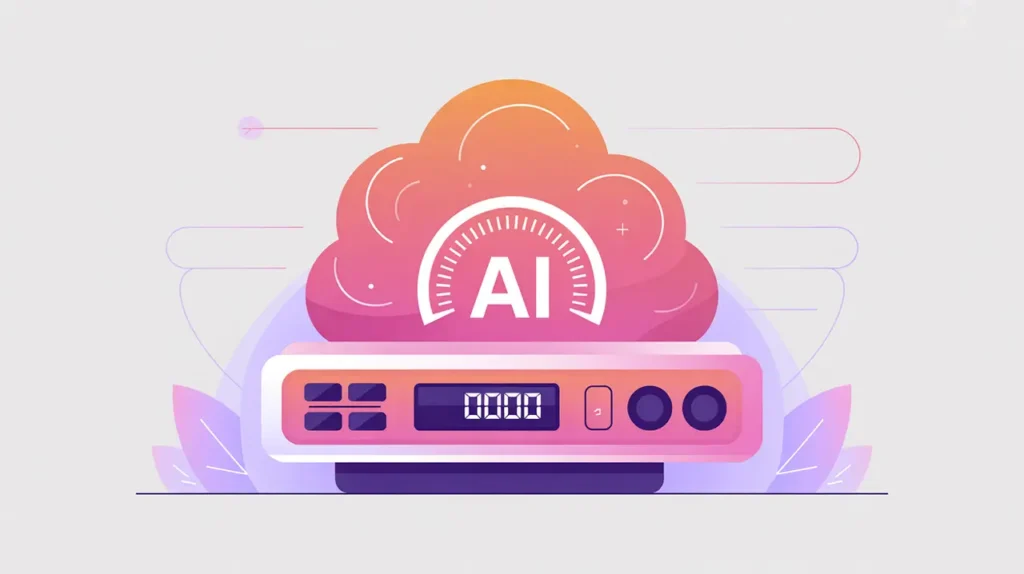Importance of Procurement and Vendor Risk
Procurement and Vendor Risk refers to the processes organizations use to acquire technology and services, and the evaluation of risks that come with relying on external providers. In the AI ecosystem, this includes sourcing data, software, cloud infrastructure, hardware, and consulting services. Its importance today lies in the fact that AI supply chains are global and interdependent, meaning vulnerabilities in one vendor can create cascading risks for organizations downstream.
For social innovation and international development, procurement and vendor risk matter because mission-driven organizations often operate with limited budgets and must carefully evaluate partners. Choosing the wrong vendor, or failing to assess hidden risks, can compromise sensitive data, increase costs, or lock organizations into systems that are difficult to exit.
Definition and Key Features
Procurement in AI involves more than price negotiations. It requires evaluating a vendor’s security practices, compliance with data protection regulations, sustainability commitments, and ability to deliver long-term support. Vendor risk assessment examines issues such as concentration (over-reliance on one provider), geopolitical exposure, and the quality of service level agreements (SLAs).
This is not the same as general purchasing, which may focus solely on cost. Nor is it equivalent to partnership agreements, which may emphasize shared goals without assessing technical or operational risk. Procurement and vendor risk combine purchasing decisions with rigorous evaluation of security, ethical, and operational implications.
How this Works in Practice
In practice, vendor risk management frameworks assess factors like financial stability, compliance with standards, history of security incidents, and openness of systems. Tools and audits can help monitor vendors continuously, not just at the point of purchase. Organizations often diversify across multiple vendors to reduce dependency, while contract terms can mitigate risks through clear accountability and exit clauses.
Challenges include limited transparency from vendors, hidden dependencies on third parties, and the difficulty of assessing global supply chain risks. Smaller mission-driven organizations may lack leverage in negotiations, making collective bargaining or shared procurement frameworks an important strategy.
Implications for Social Innovators
Procurement and vendor risk are critical for mission-driven organizations that depend on external technologies. Health systems must vet vendors carefully when procuring AI diagnostic tools or cloud services for patient data. Education initiatives need to ensure learning platforms meet privacy and accessibility standards. Humanitarian agencies face risks when selecting communications or crisis-mapping vendors, where failure could delay life-saving responses. Civil society groups benefit from assessing vendor ethics to ensure their technology choices align with organizational values.
By integrating procurement with risk assessment, organizations can make technology choices that are secure, ethical, and sustainable, safeguarding both their missions and the communities they serve.







